BLOG
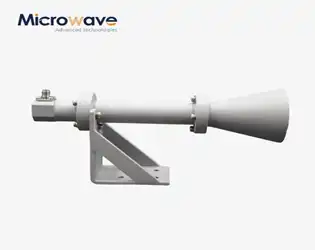
Dual Linear Broadband Circular Polarization Horn Antenna in Radar and EMC Testing
September 2, 2025
The evolution of modern radar systems and electromagnetic compatibility (EMC) testing demands sophisticated antenna solutions that can deliver exceptional performance across multiple frequency bands while maintaining signal integrity. The Dual Linear Broadband Circular Polarization Horn Antenna represents a breakthrough in microwave technology, combining advanced engineering principles with practical applications in critical testing environments. This specialized antenna technology addresses the complex challenges faced by engineers in radar development, EMC compliance testing, and precision measurement applications where signal accuracy and reliability are paramount. With the increasing complexity of electronic systems and stricter regulatory requirements, the need for versatile, high-performance antennas has never been greater. The Dual Linear Broadband Circular Polarization Horn Antenna offers a comprehensive solution that bridges the gap between traditional horn antennas and the demanding requirements of modern testing scenarios.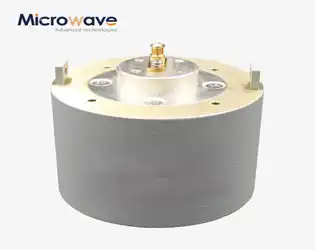
A Key Insight: The Planar Spiral Antenna Advantage
September 2, 2025
In the rapidly evolving landscape of microwave technology, the Planar Spiral Antenna emerges as a revolutionary solution that addresses the most pressing challenges faced by modern communication systems. This ultra-wideband circularly polarized antenna represents a paradigm shift in how we approach multi-frequency applications, offering unparalleled versatility across satellite communications, defense systems, and aerospace platforms. The unique spiral geometry enables exceptional bandwidth performance while maintaining a compact form factor, making it an indispensable component for applications requiring reliable signal transmission across diverse frequency ranges. Understanding the distinctive advantages of Planar Spiral Antenna technology is crucial for engineers and system designers seeking optimal performance in today's demanding electromagnetic environments.
Experience Superior Harmonic Filtering: Waveguide Harmonic Filter Solutions
September 2, 2025
In today's demanding microwave communication landscape, achieving pristine signal integrity requires sophisticated filtering solutions that can eliminate unwanted harmonics while preserving essential signal characteristics. Waveguide Harmonic Filter technology represents the pinnacle of precision engineering, offering unmatched performance for critical applications spanning telecommunications, aerospace, defense, and satellite communications. These advanced filtering systems deliver exceptional harmonic suppression capabilities, ensuring that only desired frequencies pass through while maintaining minimal insertion loss and maximum operational reliability across extended frequency ranges.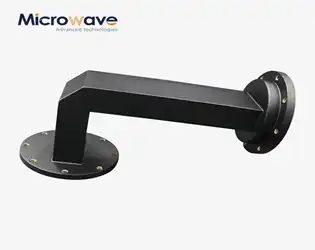
Waveguide Miter Bend: Compact Solution for Tight Space Challenges
September 1, 2025
In the rapidly evolving landscape of microwave technology, space constraints continue to challenge engineers and system designers across industries. Waveguide miter bends have emerged as indispensable components that address these spatial limitations while maintaining exceptional signal integrity. These precision-engineered solutions enable efficient redirection of microwave signals through precise angular transitions, making them essential for satellite communication systems, radar installations, and aerospace applications where every millimeter matters. As system complexity increases and miniaturization demands grow, waveguide miter bends provide the critical link between performance requirements and physical constraints. Advanced Microwave Technologies Co., Ltd has established itself as a leading manufacturer in this specialized field, delivering custom solutions that meet the stringent demands of modern high-frequency applications with uncompromising quality and reliability.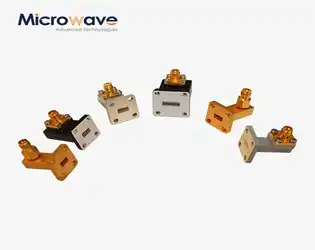
7 Applications for Right Angle Waveguide To Coaxial Adapters in RF Systems
September 1, 2025
In modern RF system architectures, the seamless integration between waveguide and coaxial transmission lines represents a critical engineering challenge that demands precision-engineered solutions. Right Angle Waveguide To Coaxial Adapters serve as indispensable components that bridge the gap between these two distinct transmission mediums, enabling efficient signal transfer while maintaining optimal performance characteristics. These specialized adapters are particularly valuable in space-constrained installations where traditional straight-line connections prove impractical, offering engineers the flexibility to route signals through 90-degree transitions without compromising signal integrity. The growing complexity of modern communication systems, combined with the increasing demand for higher frequency operations and improved power handling capabilities, has positioned Right Angle Waveguide To Coaxial Adapters as essential components across multiple industries including aerospace, defense, telecommunications, and satellite communications.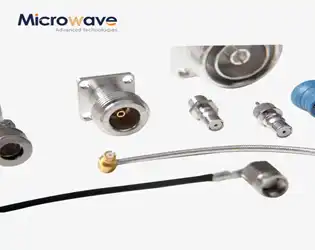
What Makes a Coaxial Cable Connector Truly Durable?
September 1, 2025
In today's demanding technological landscape, the reliability of microwave and RF systems hinges significantly on the quality of their components, particularly coaxial cable connectors. These critical interface elements serve as the backbone of signal transmission across industries ranging from telecommunications to aerospace and defense. The durability of a Coaxial Cable Connector is determined by multiple interconnected factors including material composition, precision manufacturing processes, environmental resistance capabilities, and adherence to stringent industry standards. Understanding what makes these connectors truly durable is essential for engineers, procurement specialists, and system designers who require long-term reliability in mission-critical applications. Advanced Microwave Technologies Co., Ltd, with over 20 years of expertise in microwave products, has developed comprehensive insights into the engineering principles that define connector durability and performance longevity.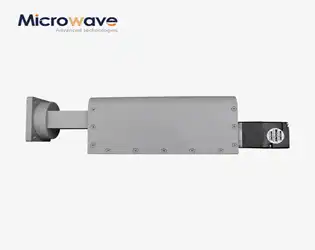
110GHz & 60:1 VSWR: High-Perf Waveguide Offset Short
August 29, 2025
In the rapidly evolving landscape of microwave technology, achieving optimal performance in high-frequency applications demands precision-engineered components that deliver exceptional reliability and minimal signal degradation. The Waveguide Offset Short stands as a critical component in this technological ecosystem, offering unprecedented performance characteristics that meet the stringent requirements of modern telecommunications, aerospace, and defense applications. With frequency capabilities extending up to 110GHz and an impressive VSWR ratio of 60:1, these specialized components represent the pinnacle of microwave engineering excellence. Advanced Microwave Technologies Co., Ltd has pioneered the development of high-performance waveguide solutions that address the complex challenges faced by engineers working at the cutting edge of microwave technology, ensuring that signal integrity remains uncompromised even under the most demanding operational conditions.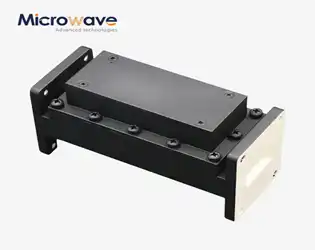
How to Optimize Microwave Systems with a Waveguide Band Stop Filter?
August 29, 2025
In the rapidly evolving world of microwave technology, system optimization has become paramount for achieving superior performance across diverse applications ranging from satellite communications to advanced radar systems. The integration of a Waveguide Band Stop Filter represents a critical advancement in eliminating unwanted frequency interference while maintaining signal integrity. These sophisticated components serve as frequency-selective barriers, effectively blocking specific unwanted frequency bands while allowing desired signals to pass through with minimal attenuation. By strategically implementing waveguide band stop filters within microwave systems, engineers can significantly enhance overall system performance, reduce noise interference, and achieve unprecedented levels of signal clarity that are essential for mission-critical applications in aerospace, defense, and telecommunications industries.




